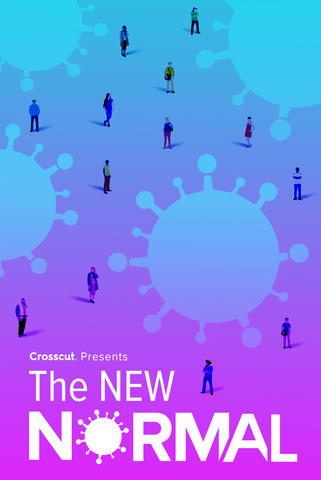
The New Normal
A look at life during a pandemic. From the front lines to those in isolation, COVID-19 has affected everyone and behind every door, stories unfold.
In King County, pollution makes ZIP codes predictors of your health
In Seattle, a ZIP code can predict everything from income to social class to life expectancy. White, wealthy residents of northern neighborhoods such as Laurelhurst live 13 years longer than their poorer neighbors of color in the southern neighborhoods of South Park and Georgetown. Air and soil pollution has disproportionately affected Seattle’s communities of color for decades, but now a group of University of Washington researchers is working with those communities to understand how COVID-19 makes a dire situation worse.
A study from the UW’s Interdisciplinary Center for Exposures, Diseases, Genomics and Environment, or the EDGE Center, found King County’s highest rates of COVID-19 occurred in the south suburban areas of Auburn, Kent and Burien, near Seattle-Tacoma International Airport. Those disparities extend to the city of Seattle proper, where 5% to 8% positive rates of COVID-19 were concentrated in the South Seattle neighborhoods of South Park, Delridge and Rainier Valley. (By comparison, more affluent northern parts of Seattle saw positive coronavirus cases in only 3% of the population tested.)
For people already experiencing higher rates of asthma, cardiovascular disease and cancer, COVID-19 compounds their level of risk. But it also presents opportunities for grassroots organizations to address long-standing racial barriers to health care and investment, all while empowering a community to raise awareness and push for political change through youth citizen science projects that monitor the pollution in their own backyards.
-
Credits© Crosscut, Published 11/2/20
The New Normal
Production Team: Sarah Hoffman, Amy Mahardy, Shaminder Dulai - Transcript

